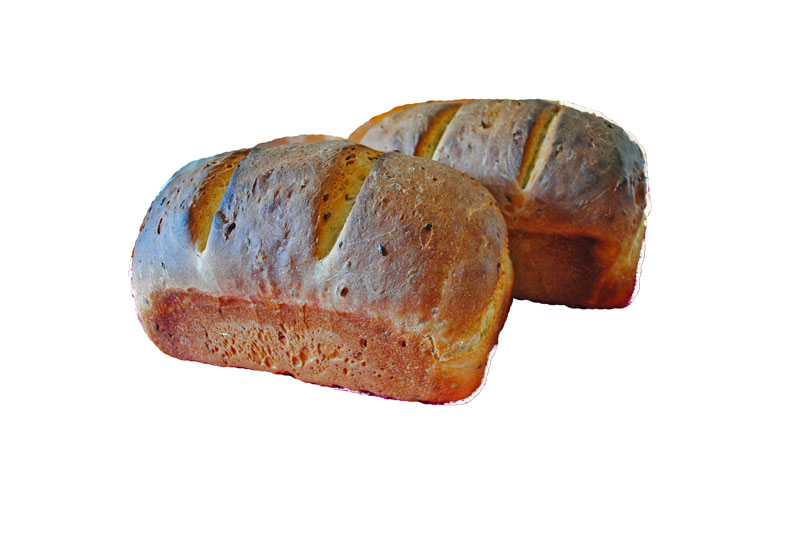Once you have a basic bread recipes you can tweak it in so many ways to make different loaves. My husband bought me some beautiful organic spelt flour recently and I already had the linseeds plus some local honey. Voila! New recipe 🙂
This will make 2 regular loaves.
I mix my dough with the mixmaster but of course it can be done by hand also.
100g spelt flour
900g unbleached bread flour
2.5 tspn dried yeast
2.5 tspn salt
2 tblsp canola oil
1 tblsp honey
3 tblsp linseed
600ml warm water
Place flour and yeast in a bowl, add yeast and seeds. Measure water into a jug and add in the honey and oil. If using mixer with dough hooks start the machine and gradually pour in the liquid. Allow to mix until combine. Sprinkle salt on, one spoon at a time and leave dough mixing for 5 -10 minutes. Turn out onto oiled kneading surface and knead for a couple of minutes.
If mixing by hand add the wet ingredients to the dry in the same way and mix with a wooden spoon, adding the salt after dough is a little combined. When it’s too hard to mix with the spoon, turn the dough onto your kneading surface and begin to knead for about 10 minutes or until your dough is soft and elastic.
Place dough into oiled bowl and cover with plastic wrap. Leave until at least doubled in size.
Turn out onto your kneading surface again and press the air out. Cut dough in half and arrange each one for the bread tins. Cover loosely with the same wrap and turn the oven to 240 degrees (C). Leave dough in tins for about half an hour.
Slash dough with a sharp knife and place in the oven for 15 minutes. Turn the temperature down to 190 deg. (C) and bake for a further 20 minutes. When cooked, turn the loaves out of tins onto baking rack.
TIPS FOR BAKING BREAD
*There is no need to wash your bread tins after each baking – I rarely wash or oil mine and the bread does not stick.
* To get a nice shape in the bread tin I flatten out my dough piece into a rectangular shape, fold in the longest sides to meet in the middle, then roll up fairly tightly.
*One of the most helpful things I’ve learned is that a moist dough is a good dough! I used to keep adding flour to the dough if it seemed sticky but that resulted in a dry loaf. Now I oil my working bench and my hands to make the dough workable.
If I’ve missed anything please let me know – all this stuff is in my head and it’s a challenge to actually think about my methods and write them down.
Happy Baking!


No worries Nell, I hope it's a breadmaker success as well 🙂
Ooh! This sounds yummo. I will have to have a go adapting it for my breadmaker. Hope you don't mind that I've pinned it for future reference!